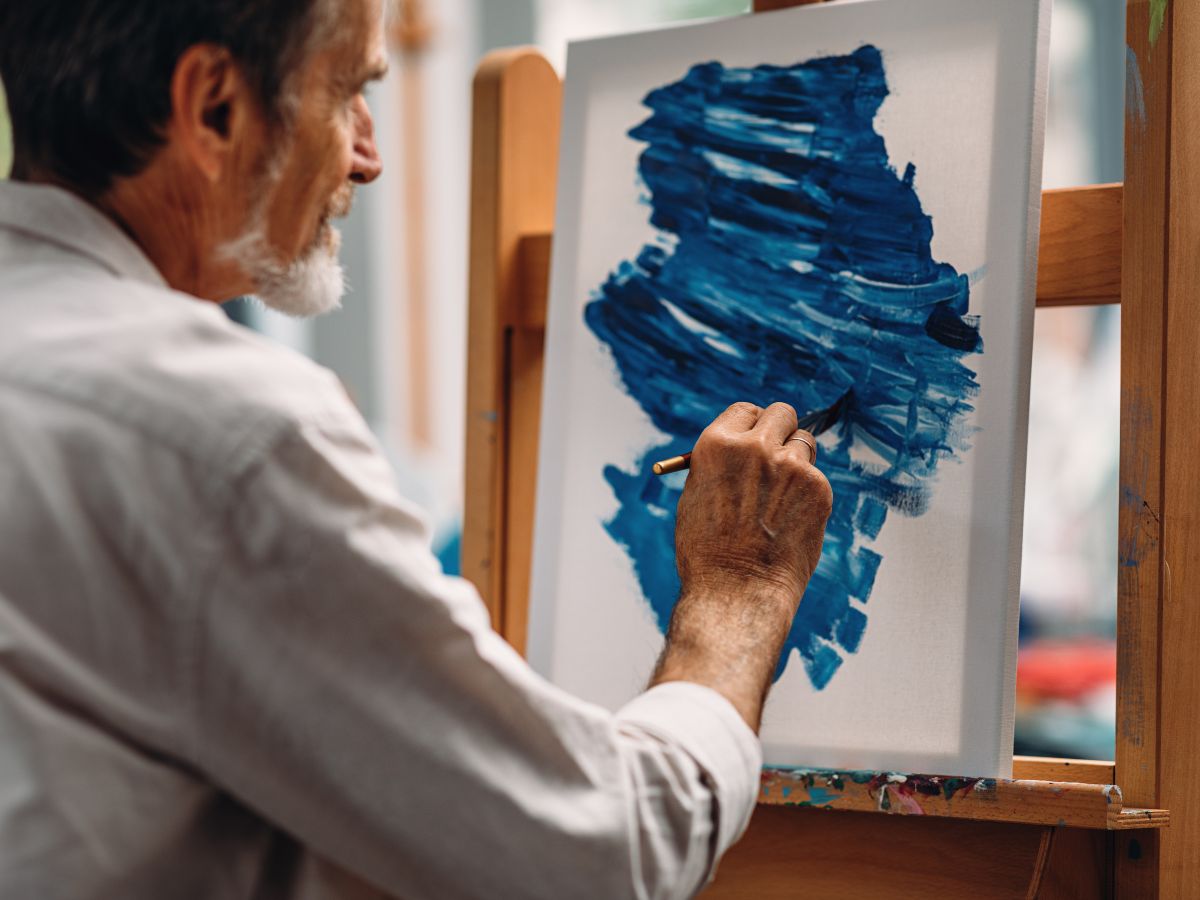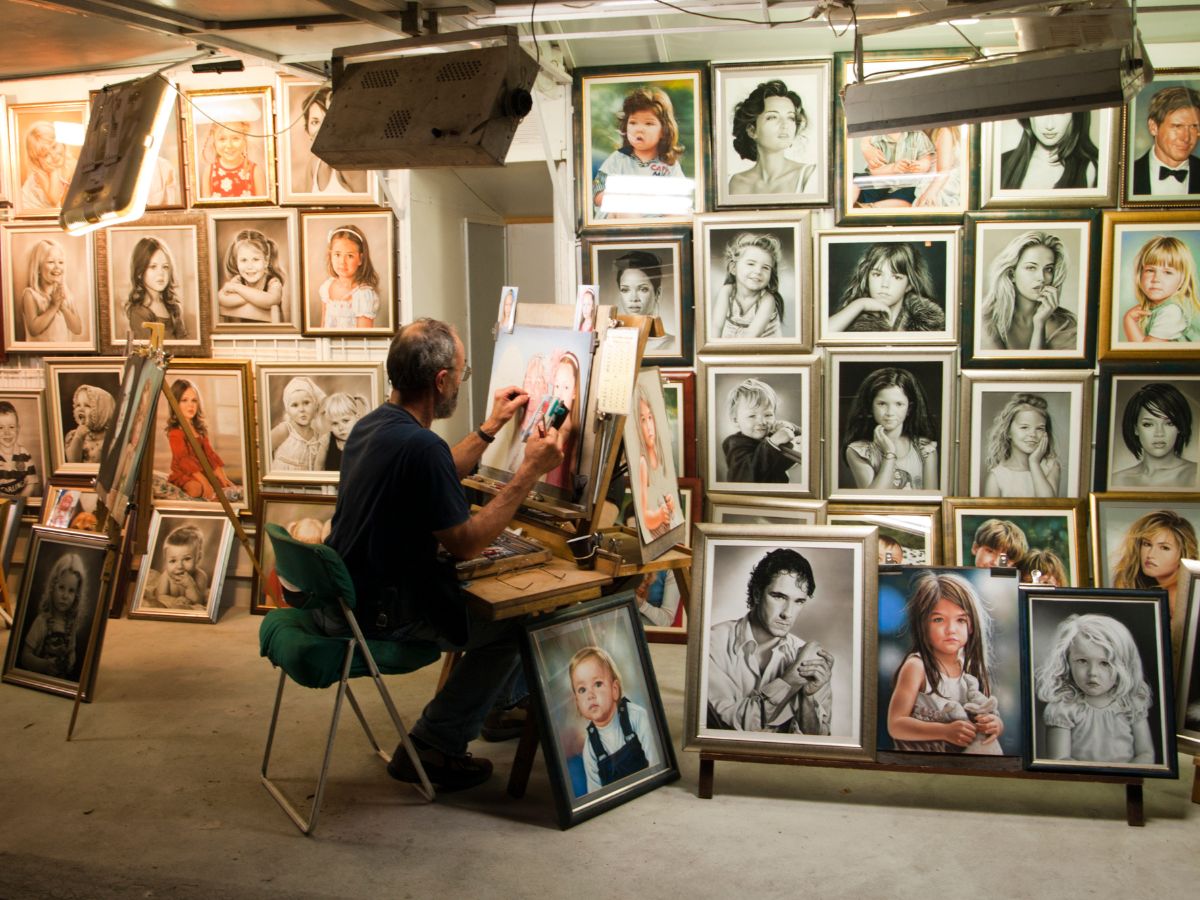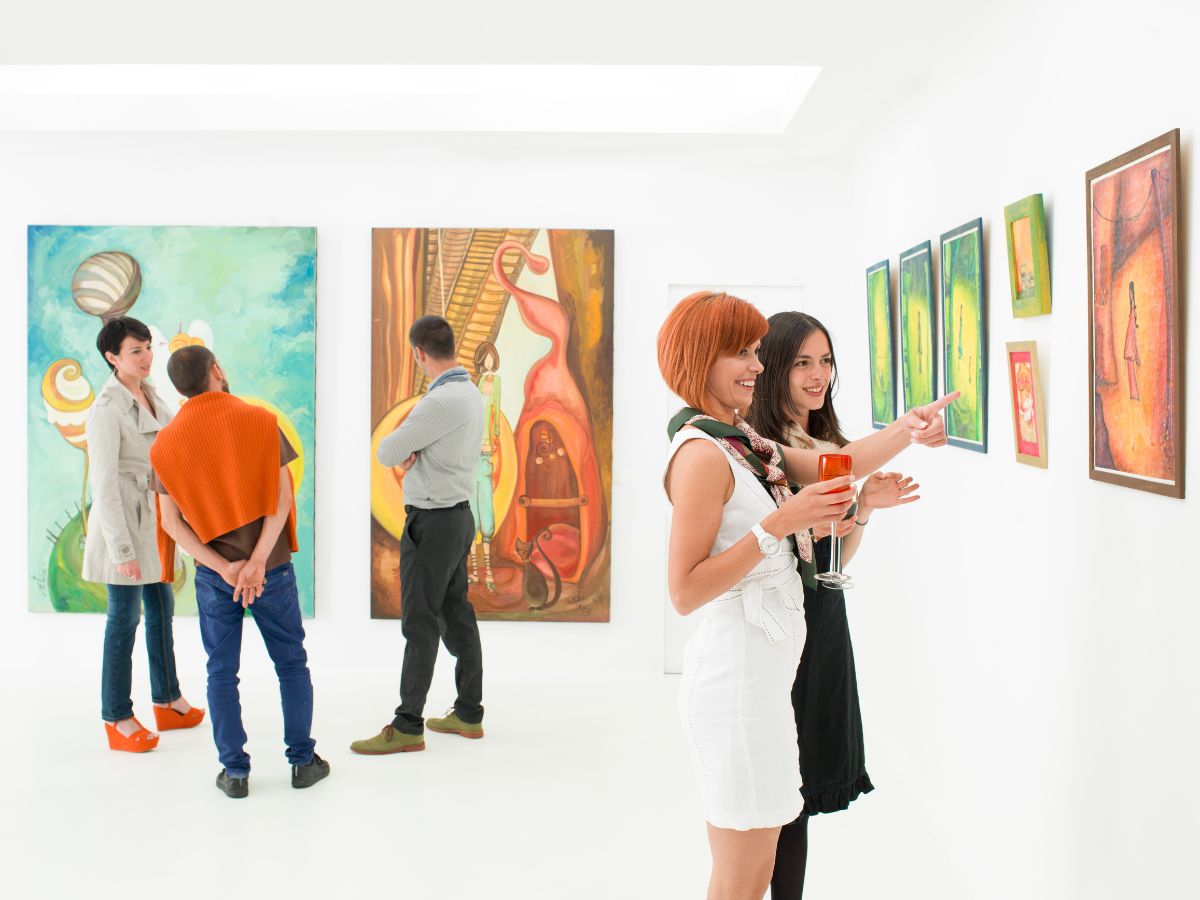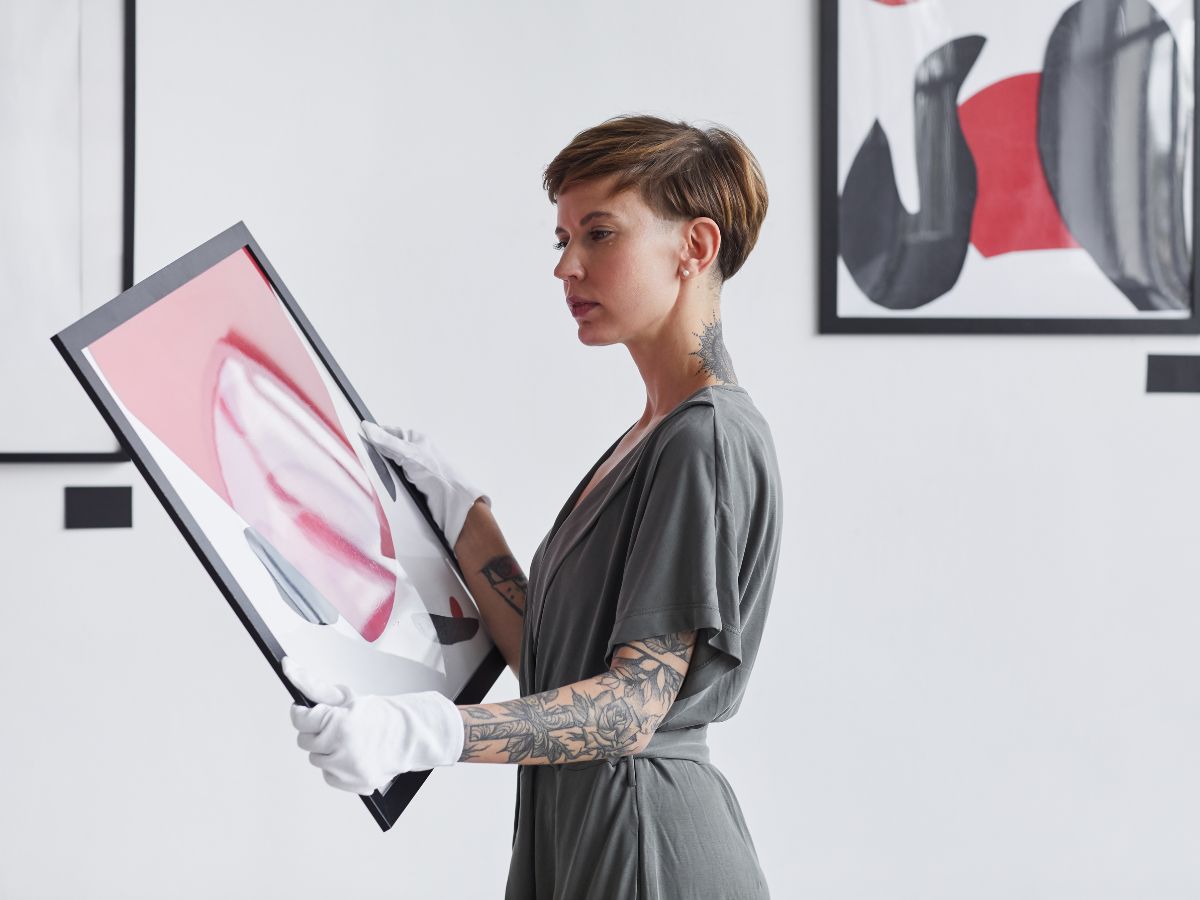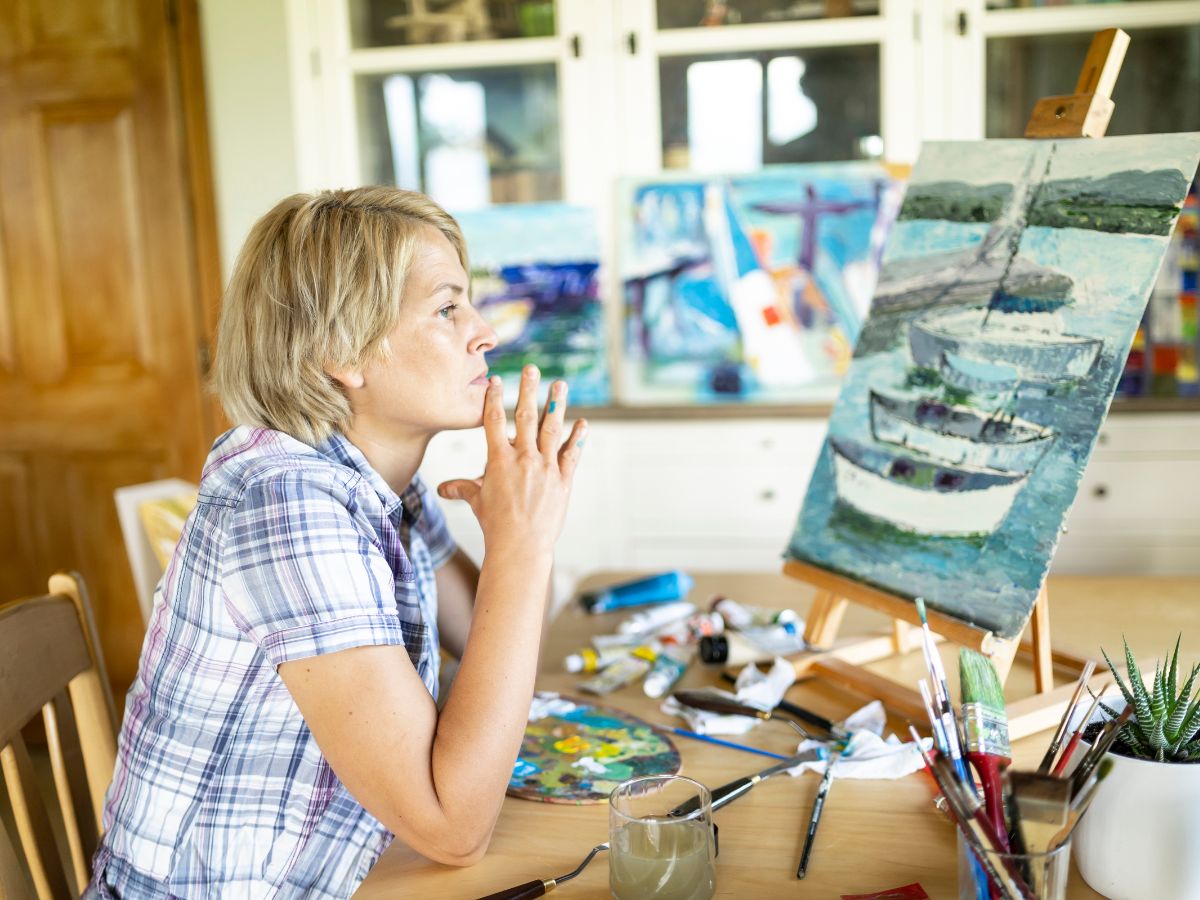
Selling Art Through Galleries vs. Online Platforms
As a visual artist, selling your artwork is important to your career’s success. The two primary channels—traditional art galleries and online platforms—each offer distinct advantages and challenges. Understanding these can help you decide which to use that aligns with your artistic goals and business strategy.

